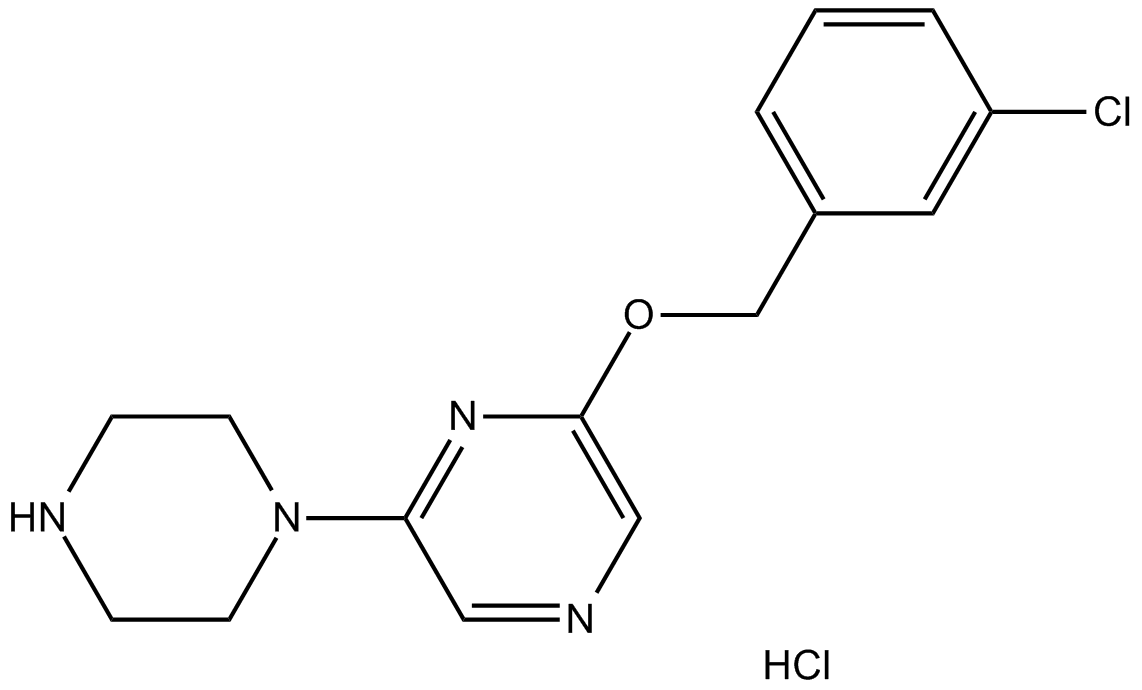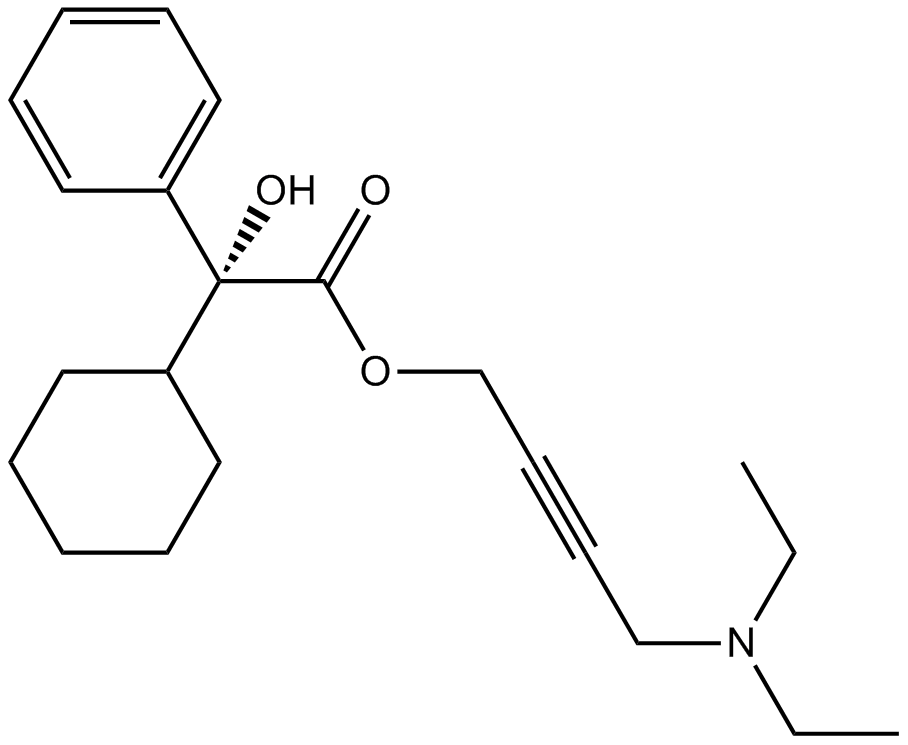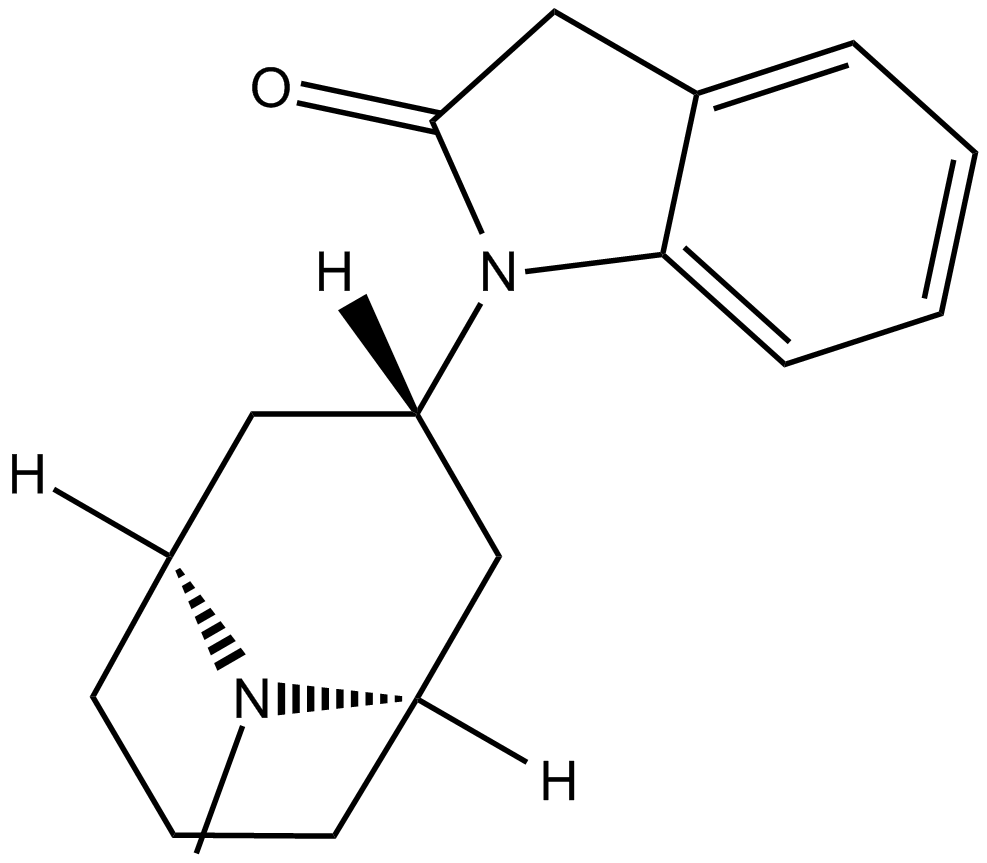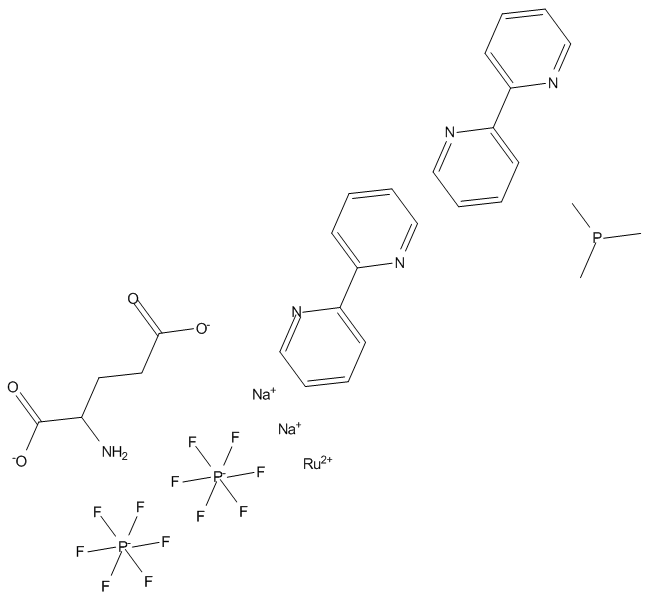Neuroscience

Neurotransmitter receptors function via various G-protein coupled and G-protein independent mechanisms that activate downstream intracellular signaling pathways such as cAMP/PKA, PI3K/AKT, phospholipase A2, and phospholipase C pathways. For instance, dopamine receptors act through adenylate cyclase to activate PKA and other signaling molecules, thereby mediate gene expression through the actions of CREB and other transcription factors. Other neurotransmitters such as NMDAR or AMPAR are associated with ion channels that control flux of Ca2+ and Na+, thus propagating the action potential across the post-synaptic neuron.
Dysfunctions in GABAergic/glutamatergic/serotonergic/dopaminergic pathways result in a broad range of neurological disorders such as chronic pain, neurodegenerative diseases, and insomnia, as well as mental disorders including schizophrenia, bipolar disorder, depression, and addiction.
-
 A3331 CP-809101 hydrochlorideSummary: 5-HT2C receptor agonist, potent and selective
A3331 CP-809101 hydrochlorideSummary: 5-HT2C receptor agonist, potent and selective -
 A8495 OxybutyninSummary: AChR antagonist
A8495 OxybutyninSummary: AChR antagonist -
 B5591 SR 16584Summary: α3β4 nAChR antagonist
B5591 SR 16584Summary: α3β4 nAChR antagonist -
 B5769 Methoxy-X04Summary: fluorescent amyloid β (Aβ) probe
B5769 Methoxy-X04Summary: fluorescent amyloid β (Aβ) probe -
 A1028 Cadherin Peptide, avianSummary: Role in cell adhesion
A1028 Cadherin Peptide, avianSummary: Role in cell adhesion -
 B6142 NetupitantSummary: neurokinin 1 (NK1) receptor antagonist
B6142 NetupitantSummary: neurokinin 1 (NK1) receptor antagonist -
 B1091 DeracoxibSummary: Selective COX-2 inhibitor
B1091 DeracoxibSummary: Selective COX-2 inhibitor -
 B1548 Cyclizine 2HClTarget: Histamine H1 ReceptorsSummary: Histamine H1 receptor antagonist
B1548 Cyclizine 2HClTarget: Histamine H1 ReceptorsSummary: Histamine H1 receptor antagonist -
 B1482 Dopamine HClSummary: Dopamine D1-5 receptors agonist
B1482 Dopamine HClSummary: Dopamine D1-5 receptors agonist -
 B5454 RuBi-GlutamateSummary: Ruthenium-bipyridine-trimethylphosphine caged glutamate
B5454 RuBi-GlutamateSummary: Ruthenium-bipyridine-trimethylphosphine caged glutamate

